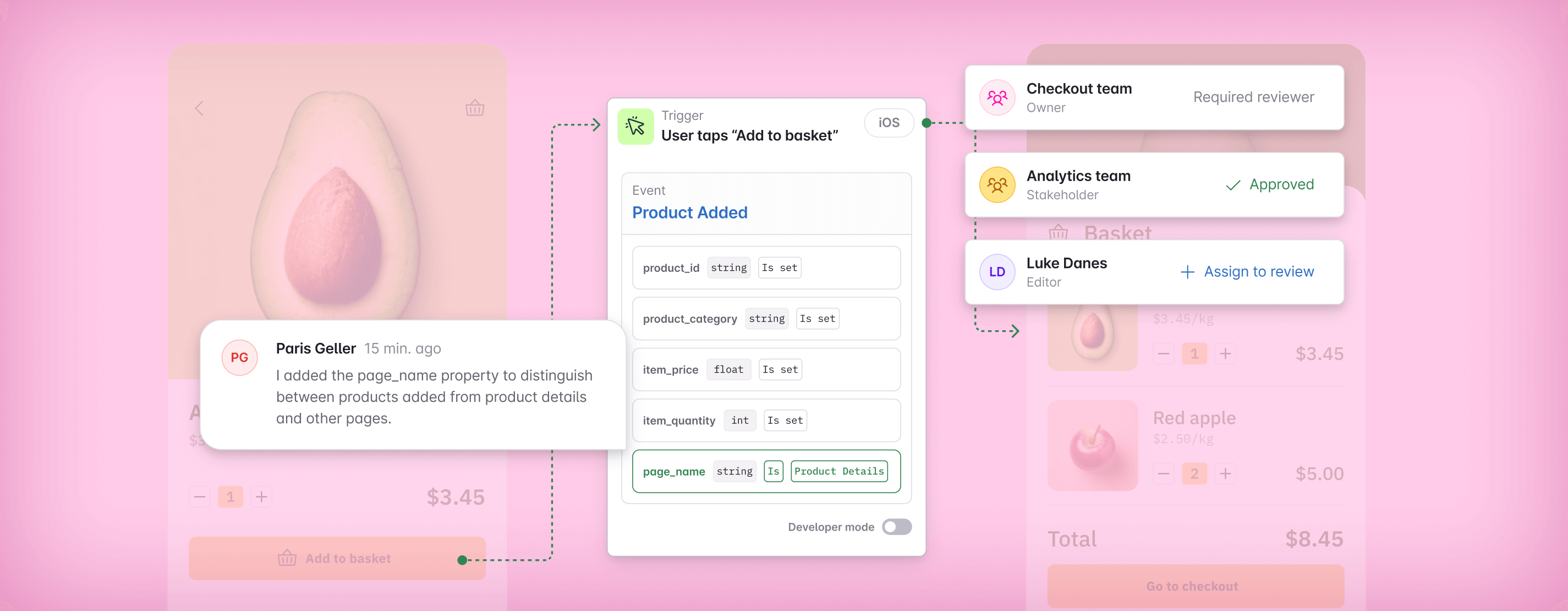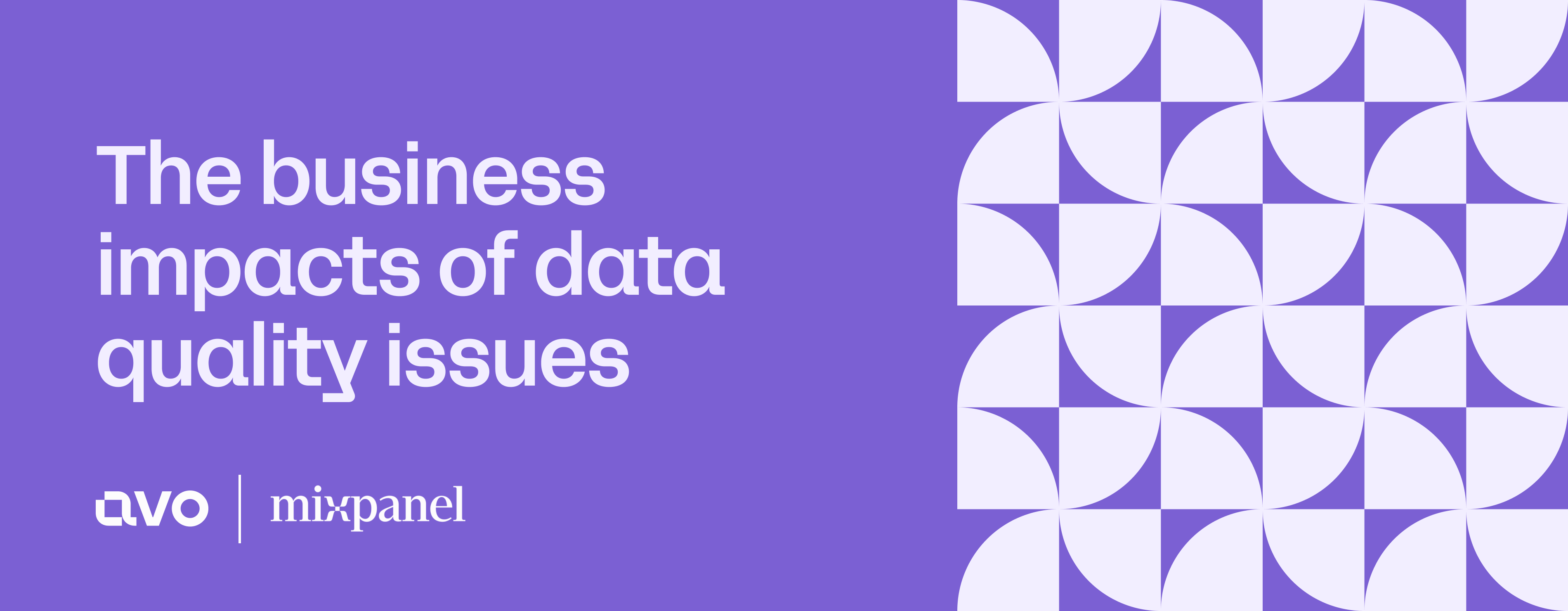In this article

The Design Rhythm at Avo
At Avo we believe that to deliver a good product the whole team needs to have a good understanding of the product. Our core design role is the product designer. Their responsibility is to do user research, design user flows and create beautiful and functional screens. With that the whole team can have the foundation and vision they need to deliver a great product. We work in a 3 week rhythm and the design process is framed by that.
At Avo we believe that to deliver a good product the whole team needs to have a good understanding of the product. Our core design role is the product designer. Their responsibility is to do user research, design user flows and create beautiful and functional screens. With that the whole team can have the foundation and vision they need to deliver a great product.
We work in a 3 week rhythm and the design process is framed by that. To begin with we write a “pitch”. The role of the designer is very prominent during the shaping of the pitch, for example in the form of user research and UX—although other roles contribute too, anywhere from the product manager to the developers and customer success. The pitches are the foundation of all the product work we do. We prioritize them based on our quarterly OKRs and user feedback and we usually try to size them to take two weeks to deliver. The pitches are composed of:
- Problem Statement: For example: “The user needs to do X because Y and Z”
- Appetite: How much time we are willing to spend on solving the problem for now
- Solution: The core elements that we come up with, presented in a written narrative that’s easy to understand—often accompanied by a rough sketch
- Key results: Are we moving some OKRs? By how much? How are we tracking it? Mixpanel/Amplitude graphs
- Risks and no-gos: What do we need to gain better understanding of and what are we deliberately not solving in our delivery.
When we kick off a pitch we do a 1-2 hour session where we try to figure out the UX and technology limitations and how the solution will be constrained. At that point, each individual on the team usually has a clear path forward to start working on the solution. Over the next few days the designers and developers communicate their progress and findings and a week from the kickoff we do a design review as most of the uncertainties will have been uncovered by then and we come up with a roughly finished final design. At that point the team has a week to work to put the finishing touches on the solution and deliver it to our users. In the third week we do a “cooldown” where the role of the designer is diverse: Gather user feedback, iterate on the design system or older designs that need improvement, work on marketing, the brand or work on the next pitches—prioritised by what’s most important at any given time.
As we’re a small company we’ve had 0.5 to 1.5 dedicated design roles. As we grow we’re planning to have one designer for each ~4 person team. You could split the design roles into UX, UI—which mostly happen within the teams—and marketing—which is conducted across the company—and it depends on each person covering the role where their strength and focus lies.
We have found a process that allows us to have good short-term visibility and ship great products to our users but we’re not stopping there. We will continue iterating on it as our needs change and we get feedback in our retrospectives to make sure that design continues being a core part of our workflow at Avo. We’re curious to hear your thoughts on this, and how you do this at your company! If you’re willing to share, please reach out via Twitter (@avohq or to me directly on @hugihlynsson) or email us at hi@avo.app. If you want to join in and help us be better at designing or know anyone who would, check out our open product design position.
Block Quote

